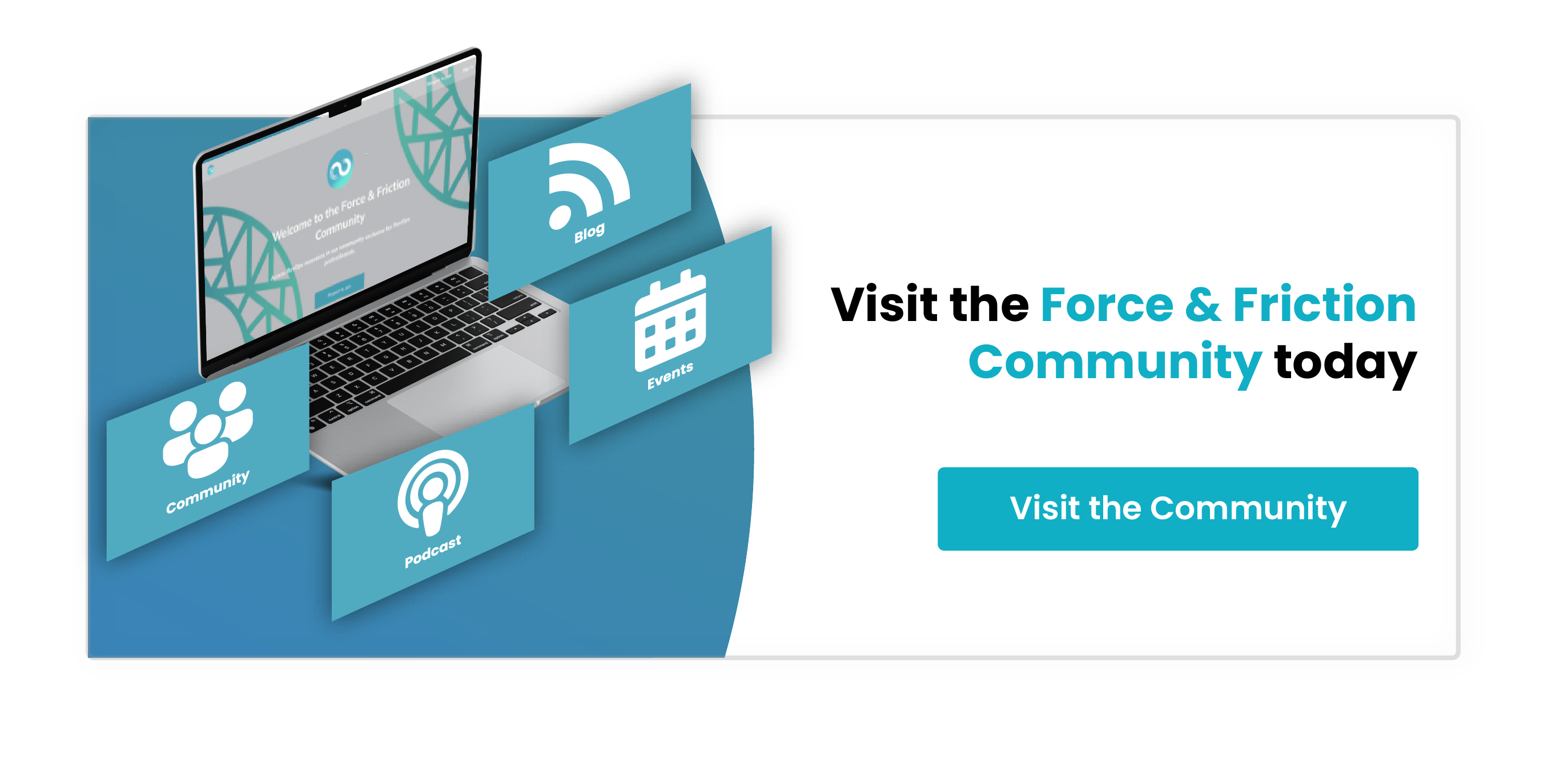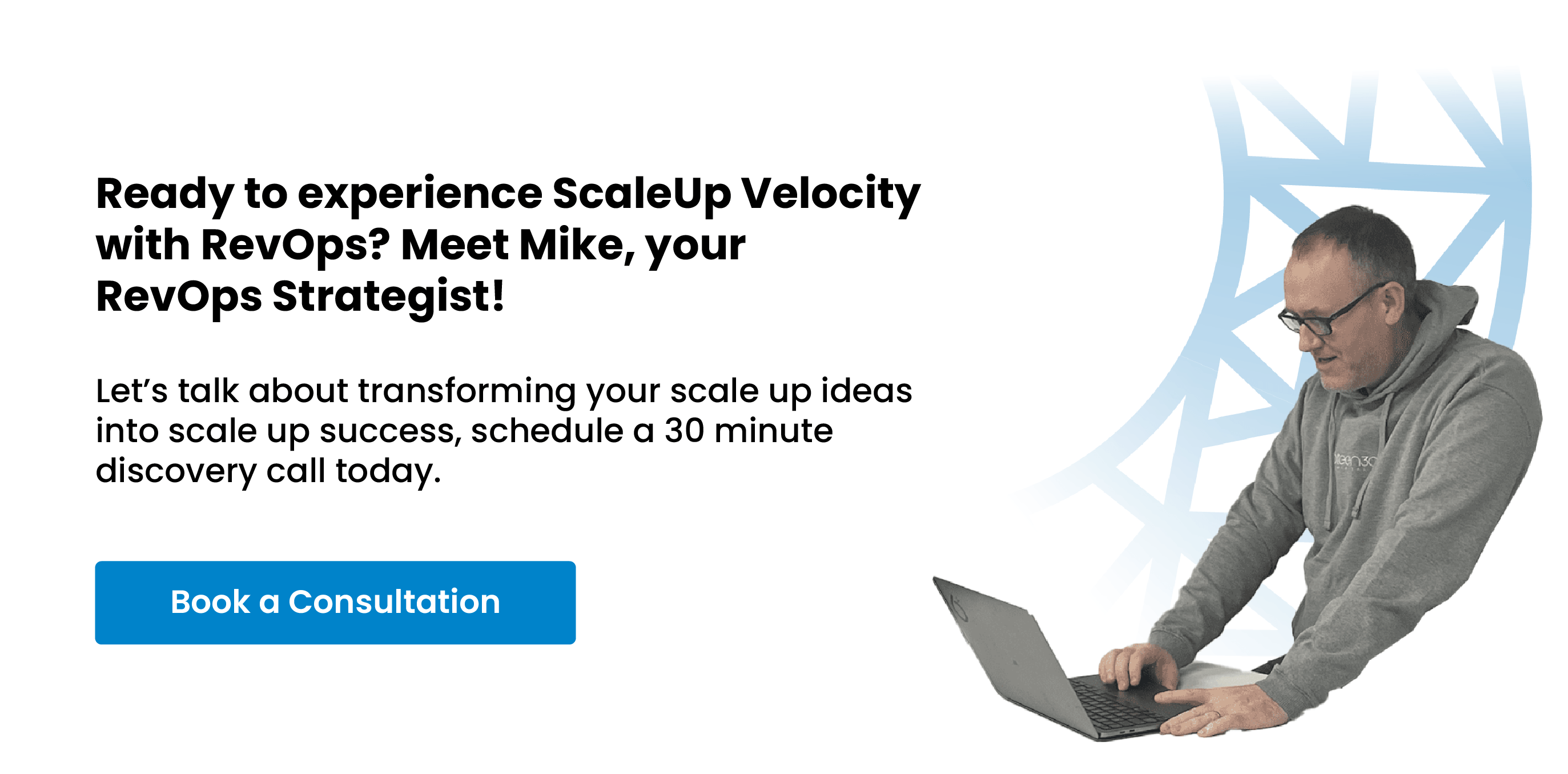
5 Revenue Operations Data & Tech System Management Essentials
Implementing a new revenue operations strategy across your organization means bringing together your sales, marketing, and customer service teams together as one. Many will find that this is a task that’s easier said than done.
Why? Because each team has, until now, been working in their own way. There’s been no need for them to all follow the same processes. Or to share their team data. Or to collaborate using the same systems. But now, all that is about to change.
In order for a RevOps approach to really drive results, your departments all need to work with a single source of truth; they need to have access to the same data, at the same time. And that means developing new data and tech system management strategies that fully empower your teams to work together as one.
For most businesses, this will require a little bit of initial effort to get the new workflow up and running. We’re sharing our five essential tips for making this quicker and easier.
It all begins with data
Before thinking about setting up and managing your new RevOps technology systems, you need to consider your data. This is your starting point for any RevOps strategy. Here are three crucial steps to getting your siloed departmental data cleaned up, strengthened, and ready to drive data-driven decision making for your teams.
1. Prepare your data
You know what they say: garbage in, garbage out. But unfortunately, that’s a reality that many businesses are facing. That’s because they’re so keen to start reaping the benefits of RevOps that they immediately implement and start utilizing new technologies, overlooking the importance of building a solid foundation first.
And that solid foundation is your data.
Think about how each of your individual teams segments your audience. Think about how each team defines what a ‘qualified lead’ is. Think about what each team means when they refer to someone as a ‘valuable’ customer. Think about how each team views success. It’s all going to be different. Now, consider what’s going to happen when all these different data sets are fed into your digital systems.
You’ll have no single source of truth that is accepted across all your teams. And this means you’ll struggle to develop a RevOps strategy that delivers on its promise.
Preparing your data and defining your data processes must be a priority when launching a new RevOps strategy. This involves working with your teams to generate a single, approved, agreed-upon method for how customers are managed, how success is measured, and how data is handled across every relevant department.
Once you have agreement, you can begin cleaning your data, eradicating duplicate data and misinformation, and creating a pool of high quality information that’s ready to be fed into your new tech systems to generate valuable insight.
2. Maintain the quality of your data
One vital thing to remember is that data management isn’t a one-time thing. It’s not a barrel of whiskey that you can leave unattended for years, and have it become better and better. It’s more like a carpet that will keep getting dirtier and dirtier until you vacuum it. Data needs ongoing attention and maintenance to retain its quality.
That’s why you should consider establishing a data governance framework. A data governance framework is essentially a list of rules and procedures for how data is going to be managed, handled, and treated within your tech systems. For example, it may include written statements on who is able to add, change, update, or remove data, and who will be responsible for enforcing these regulations.
Once again, this all comes down to the ‘garbage in, garbage out’ theory. If anyone - from any department - is allowed to manipulate data however they want, businesses are going to once again end up with a pool of low quality data that muddles that single source of truth they’ve been trying to create between teams. And this is a problem. Why? Because this data is what your marketing, sales, and customer service teams are going to use to drive their decision making activities.
While every organization will have their own preferred method for building a data governance framework, every good framework will clearly define every individual’s role within the data environment. This is usually split up into three distinct categories:
- Data owners: Nominated individuals responsible for data access rights
- Data stewards: Team members responsible for the quality of their own data
- Data custodians: IT experts responsible for data security and compliance
By setting up a data governance framework, businesses can stay on top of their data, prevent quality deterioration, and ensure ongoing accuracy and clarity.
3. Optimize & organize your data
So far, we’ve covered the importance of first preparing your data, and then putting plans in place to maintain the quality of that data long term. The third essential step in RevOps data management is to optimize that data to ensure that all your different teams are getting as much possible value out of it as they possibly can.
One of the most efficient and effective ways to do this is by building a strong and stable data structure that achieves two things. Firstly, it makes sure that all your data is housed where you expect it to be. This can make it quicker for sales, marketing, and customer service employees to find what they need, when they need it.
Secondly, it makes sure that your data makes sense; that it’s organized and connected to other data sets in a logical way that adds meaning to the data.
This data structure can be constructed by using a ‘data dictionary’; essentially a record of all the RevOps data you hold, categorized by data type and location.
Data dictionary elements may include things like ‘customer name’, ‘customer address’, and so on. These are standard elements, but there’s really no limit to how many different data ‘elements’ an organization can have. That’s why a data dictionary can be helpful; it provides a comprehensive overview of what types of data are being collected, highlighting areas that can be optimized for best effect.
When businesses have this overview - this insight - it allows them to make better, smarter data decisions. For example, a member of the sales team may request a new customization, adding a separate field for data relating to X. Without a data dictionary, this customization may simply be actioned without much thought. With a data dictionary, however, we can see that X actually aligns closely with Y; with data that’s already being collected and recorded. By bringing them together, businesses can help to keep their tech systems lean, streamlined, and easier to utilize.
Something to remember here is that customization isn’t ‘bad’ as such. In some instances, it can be incredibly beneficial, and can help your RevOps teams achieve even more. The problem comes when these customizations do more harm than good; when they complicate the data structure without generating much value.

Embracing RevOps technologies
By this point in the process, you should now have a strong foundation built upon solid and accurate cross-departmental data, collected from your different teams and consolidated into one single source of truth. But how are you going to manage, share, and communicate that data? Through a powerful RevOps tech system.
4. Select the right technologies for your business
You’ve got a huge pool of powerful data. Where are you going to store it? How are you going to access it? What tools will you use to analyze and assess it? If you’ve previously been using spreadsheets within your business, or legacy software, you may find you need to upgrade your infrastructure to support your RevOps efforts.
Spreadsheets, while useful on a team-by-team basis, are not robust enough to handle huge amounts of data coming in from all your different departments simultaneously. And legacy software, while familiar, typically cannot communicate with other systems, meaning your teams will still very much be working in silos.
Therefore, in many cases where a new RevOps strategy is being launched, businesses will need to consider new technologies. The problem? Identifying a system that meets the needs and requirements of marketing, sales, and more.
The truth is, you probably won’t find something that ‘does it all’. But you can find systems and technologies that integrate with each other, enabling departments to share data, communicate, and collaborate, and send information seamlessly. The issue to be aware of is you could end up with a massive, unmanageable tech stack.
So… how can you go about managing your RevOps tech stack in a way that keeps things lean, streamlined, and most importantly, simple for your teams? There are two excellent tips that can help you embrace the technology you need to enhance your RevOps approach, without ending up with a ‘spaghetti’ system:
Firstly, start slowly. When moving into RevOps, many businesses like to dive in headfirst, bringing in all sorts of technologies that they think they’re going to need. In reality, many of these systems won’t be needed, and will just end up complicating your tech stack. So, take a moment to really consider what you need, and introduce new systems one at a time, building upon that stack only as new needs start to arise.
Secondly, make sure you’re maintaining visibility over your stack. It can become very, very easy to lose sight of what’s happening, which can mean you end up with a bunch of redundant software and duplicate features. This not only makes your tech stack messy, but it can also be costly, and may mean that teams start falling into silos again… exactly the thing you’re trying to avoid with a RevOps strategy.
This is where your data governance framework that you developed earlier could be extended to include tools and software. Appoint responsible leaders to be in control of what gets added to the tech stack, and to remove redundant tools as needed.
5. Implement with confidence
One of the most important things to remember is that choosing the right tech systems isn’t a guarantee that those systems will be utilized by your teams. A good adoption rate only comes from implementing those systems in the best possible way.
So, what does a successful CRM implementation look like?. What does a successful lead scoring software implementation look like? It all starts off with identifying a process problem, and aligning that problem with the proposed solution.
Your team members aren’t interested in what a piece of software is. They don’t care about the ins and outs of it. At the end of the day, they only want to know one thing: what that software can do for them. Any implementation must be rooted in how tools can help users work more productively, more efficiently, and more effectively.
When sales, marketing, and customer service teams understand the ‘why’ behind the change - when they understand how using that tool will make them better at connecting and engaging with customers - they’re more likely to put the effort in. They’re more likely to care about the quality of the data they’re feeding into the systems, which means they’re more likely to generate better results coming out.
There are a few other essentials for implementing with confidence, including:
- Customizing the software: Work with teams to customize areas such as views, reporting, deals, properties, permissions, and so on. The more relevant the tool is to their needs, the more likely your teams are to keep using the software.
- Running a lighthouse project: Start by making the smallest process changes that will have the biggest impact. This can be a great way of demonstrating how the right software can make a difference to revenue and profits.
- Training your teams: Employees won’t use software if they don’t know how. They’ll stick with older, manual processes that are more familiar. Ensure every user is trained on how to use new technology in the most effective ways.
How Does the Flywheel Work?
Wondering exactly how the flywheel works? It’s all rooted in the inbound methodology. The inbound methodology is a contemporary alternative to cold outreach, and is proving to be one of the most powerful forms of lead generation.
Traditionally, new customers were acquired through methods such as cold calling, or cold emailing. Today, however, in a landscape where people don’t want to be sold to, there’s been a massive customer shift towards a preference for self-service.
Self-service approaches are about putting all necessary information that customers need to make a decision out there, accessible on the web, whenever they need it. In this way, when people realize they have a problem that requires a solution, they actively seek out organizations that can help them, and can guide themselves on their journey, reaching out to the company at a time when it feels right to do so. Everyone enters at a different place, which is the underlying basis of the flywheel.
And so, by taking actions such as publishing product/service descriptions, help guides, FAQs, whitepapers, videos, comparisons, reviews, blog posts, and so on, businesses can draw people closer, without having to forcefully reach out. Customers are inbound and have what they need to keep that wheel turning, without needing constant and consistent pushing by your various departments.
However, as with most things, there’s an art to it. The wheel won’t keep turning all on its own. There are two factors that can influence whether the wheel turns, and how fast: how much force is applied to the wheel, and how much friction is experienced.
Laying the groundwork for a successful RevOps strategy
There are many different factors driving a successful approach to RevOps, but ultimately, it all comes down to efficiency. It’s all about operating in a more efficient, effective way, providing customers with better experiences, and boosting revenue. And that efficiency cannot be achieved without two things: without access to high quality customer data, and without the ability to store, share, and handle this data.
That’s why there can be no successful RevOps strategy without taking measures to manage your data, and your tech stack. By addressing these essentials early in the process, you can lay the groundwork for the development of a powerful strategy.






%20-%20Teal.png?width=500&height=130&name=Force%20%26%20Friction%20-%20Branding%20-%20Logo%20(White)%20-%20Teal.png)